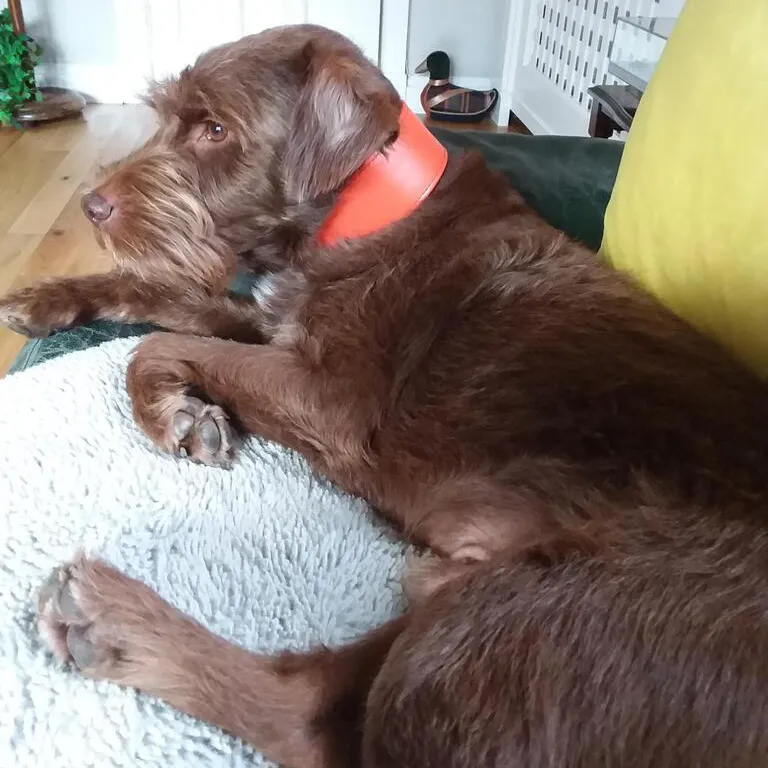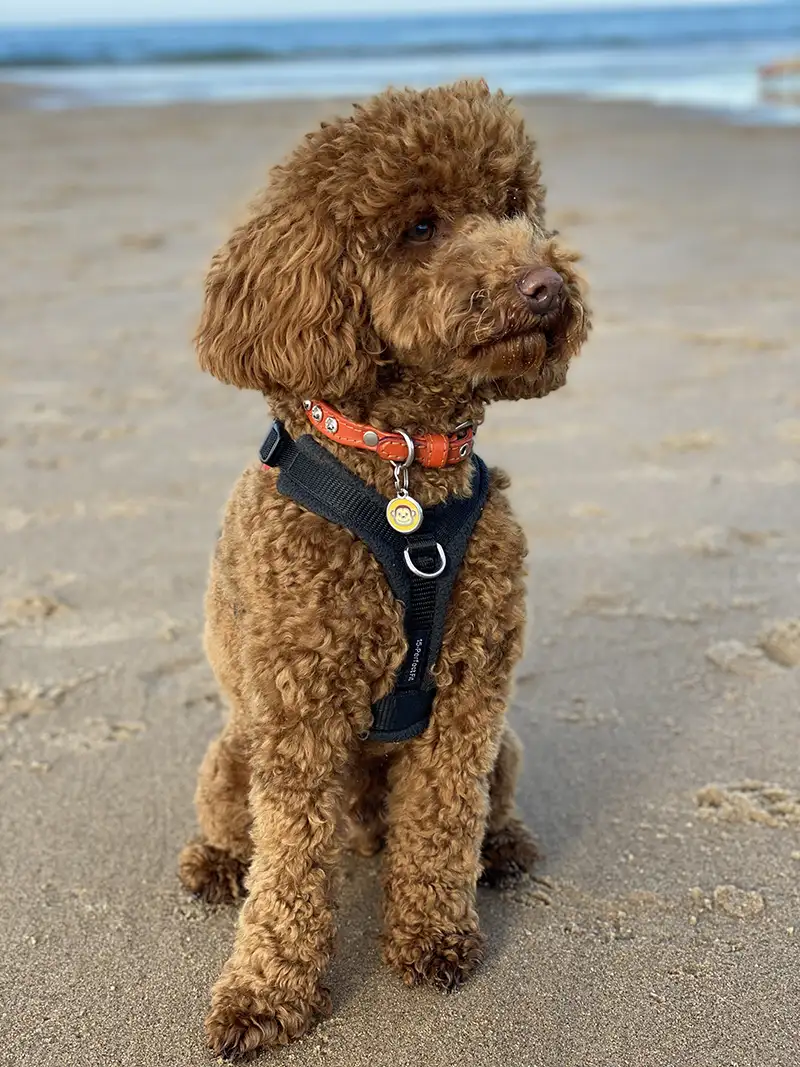Dog Care & Advice
Are Dog Collars Safe? What Every Dog Owner Should Know
If you’ve ever typed are dog collars safe? into Google, you’re not alone. It’s a question many dog owners—especially new ones—ask. With so many collar types, materials, and opinions floating around, it’s easy to feel unsure.

The short answer? Yes, dog collars are perfectly safe when they’re well made, fitted properly, and used appropriately. But like anything your dog wears every day, there are a few things worth knowing to make sure they stay comfortable, protected, and happy.
What Makes a Dog Collar Unsafe?
Not all collars are created equal. A collar becomes unsafe when it doesn’t suit your dog’s size, behaviour, or daily routine. Here are a few common causes of collar-related issues:
- Poor fit – Too tight can cause discomfort; too loose can lead to escape
- Cheap materials – Rough or synthetic collars may rub, chafe, or trap heat
- Weak or sharp hardware – Rust-prone clips or flimsy buckles can fail
- Incorrect collar type – For example, a narrow collar on a large dog that pulls
That’s why, at Petiquette, every collar is made to order using soft Italian leather, stainless steel hardware, and rot-proof stitching—designed to last and feel great.
Are Collars Safe for Daily Wear?
Yes—but it’s all about using the right type of collar for the job.
If your dog wears a collar throughout the day (around the house or garden), we always recommend a lightweight house collar. These are designed to hold ID tags and sit comfortably without getting in the way. They’re ideal for sighthounds and other breeds that don’t need a collar on at all times.

Collars for walking should be removed indoors to avoid unnecessary rubbing or pressure—especially if your dog likes a good nap on the sofa.
Can Dog Collars Cause Injury?
Injury from a dog collar is rare—but it can happen, especially in the wrong circumstances.
Here’s what to watch out for:
- Dogs that pull on the lead can put strain on their throat if the collar is too narrow or fitted poorly
- Sighthounds with slim heads can easily slip out of standard collars, which risks them running off
- Cheap clip-style collars may break under pressure
For extra peace of mind, a martingale collar is a great option. It gently tightens if your dog pulls but won’t choke or harm them. It’s especially useful for breeds like Whippets and Greyhounds who are prone to slipping out of buckle collars.

Can Dog Collars Cause Itching or Skin Problems?
Yes, if the material is rough, poorly made, or worn too tightly.
Some dogs—particularly those with short coats or sensitive skin—may react to cheap nylon collars or synthetic dyes. That’s why leather is often a better option. It’s breathable, naturally softens over time, and is much less likely to cause irritation.
At Petiquette, our collars are:
- Lined with buttery-soft Italian leather
- Made without harsh chemicals or plastic
- Hand-stitched with smooth seams and rounded edges
These small details make a big difference for your dog’s comfort—especially if they wear their collar for long periods.
When Should I Take My Dog’s Collar Off?
Even the comfiest collar should come off now and then. We recommend removing your dog’s collar:
- At night – Give their skin and coat a break
- When wet – A soggy collar can cause rubbing or even encourage bacterial growth
- Before flea treatments – This one’s critical (more on that below)
For dogs who wear collars during the day, a quick wipe and air dry now and again can help prevent build-up of grime or bacteria, especially in warm weather.
A Quick Warning About Flea Treatments
If you use a drop-on flea treatment like Advocate or Frontline, always remove your dog’s collar before applying it.
These treatments contain solvents that can:
- Melt synthetic collars
- Permanently damage leather
- In some cases, cause serious burns if the chemical gets trapped under the collar
It’s not worth the risk. Apply the flea treatment, let it fully dry, then pop the collar back on once you’re sure the area is clear.
Final Thought: A Safe Collar Starts With Good Design
Dog collars are absolutely safe—as long as you choose the right one for your dog and use it thoughtfully.
That’s why every Petiquette collar is:
- Made to measure for a proper fit
- Handmade from high-quality Italian leather
- Fitted with stainless steel hardware
- Available in a wide range of widths, styles and colours

Still unsure which collar is right for your dog? Browse our full collar collection or get in touch with us—we’re always happy to help.
Dog Collar Safety FAQs
Are dog collars safe?
Yes, dog collars are safe when made from quality materials and fitted correctly. Poorly fitted or cheaply made collars can cause discomfort or injury, so it’s important to choose the right type for your dog.
Can dog collars cause injury?
Injury is rare but possible, especially if a collar is too tight, too narrow, or used on a strong dog that pulls. Martingale collars are a safer option for dogs that tend to slip out of standard collars.
Can dog collars cause itching?
Yes, collars made from rough or synthetic materials can cause itching, especially on dogs with sensitive skin. Soft leather collars are usually a more comfortable option.
Are collars safe for dogs to wear all day?
Yes, house collars or lightweight ID tag collars are safe for daily wear, as long as they’re comfortable and fitted properly. Remove collars at night and after getting wet to avoid skin issues.
Should I remove my dog’s collar during flea treatment?
Absolutely. Spot-on flea treatments contain solvents that can damage collars and cause serious irritation if trapped under the material. Always remove the collar until the treatment is completely dry.

